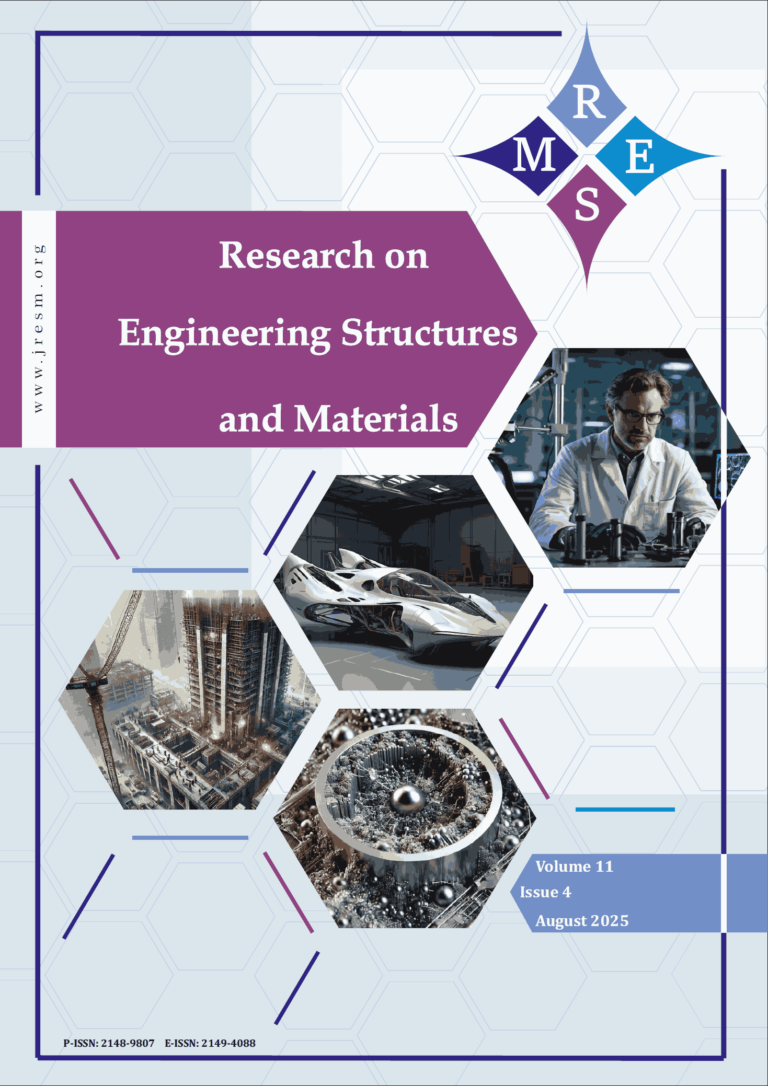Encapsulation technologies in self-healing concrete: Advancements, challenges, and future directions
Concrete, being a widely used construction material, is vulnerable to crack formation, which significantly compromises the structural integrity of concrete and service life and requires higher maintenance costs, which prompts the development of self-healing concrete. This review systematically investigates encapsulation-based self-healing methods, focusing on microcapsules, hydrogels, and polymeric shells. This review critically analyses the advancement in healing agent materials, capsule materials, activation mechanisms, and performance with environmental conditions such as freeze-thaw cycles and chloride ingress. Key performance indicators, such as healing efficiency, durability, strength recovery, and fracture closure rates, are compared across encapsulation techniques. Additionally, this study evaluates the cost-effectiveness of these technologies and explores integration with novel technologies, such as embedded sensors for predictive maintenance. By identifying issues such as compatibility, durability, and scalability, this review highlights the research gaps. These findings provide a roadmap for optimizing encapsulation technologies for improved resilience, sustainability, and longevity in concrete infrastructure.
